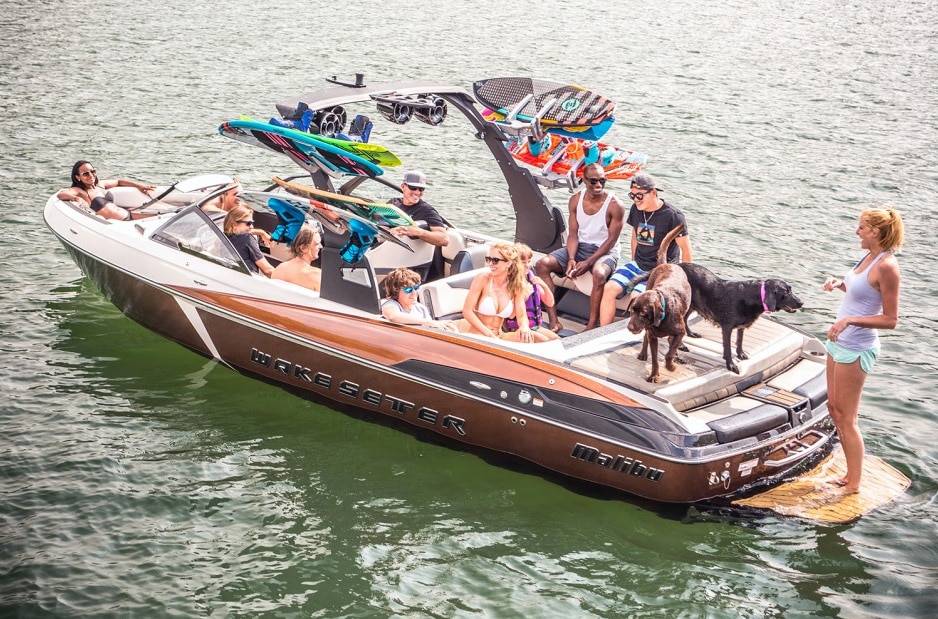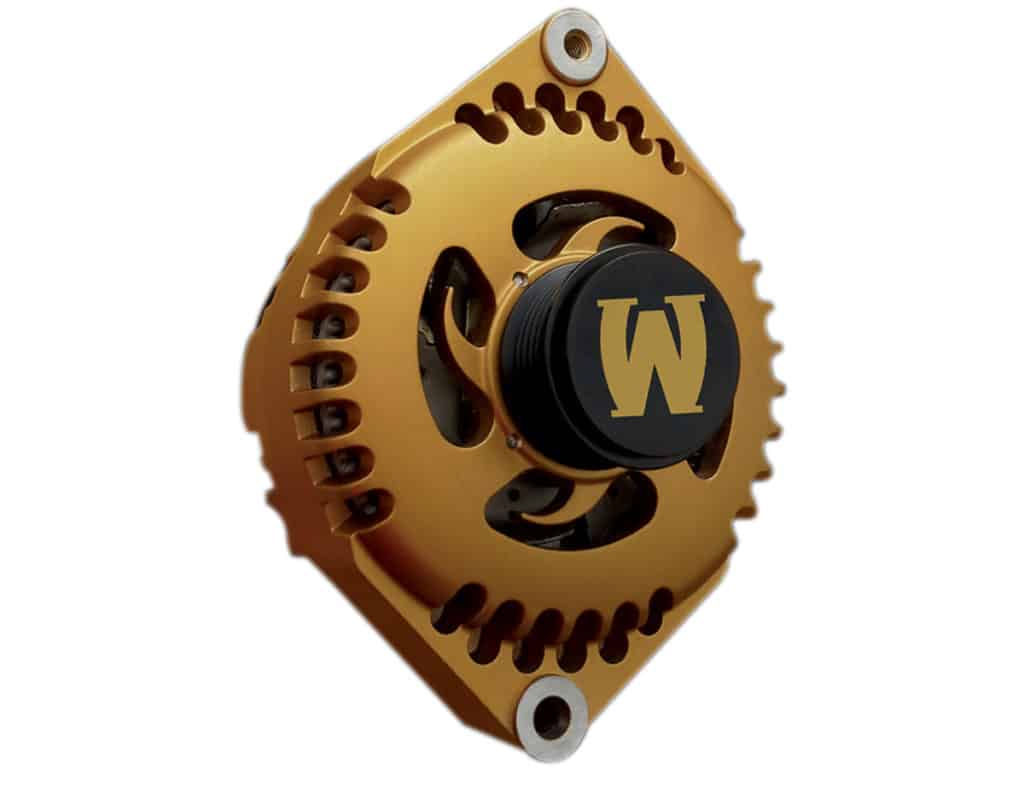
A day on the water these days could involve blasting tunes through a stereo system more powerful than what was found in most 20th-century homes, working the ice maker and blender, and utilizing a slew of electrically actuated gadgets on your boat. All of which can take a collective toll on your 12-volt system.
Traditionally, the batteries rejuvenate via the alternator that’s been factory-installed in whatever choice of power you have on board. But with everything running all the time, and more time spent juicing at low or idle speed, is it time for a high-amp alternator? For guidance, we reached out to Richard Jones, the owner of Wakespeed, a company that builds high-amp alternators, mostly for the tow-boat industry.
“The concept of the high-output alternator isn’t new, although it’s mostly been taken advantage of in larger cruising boats,” Jones said. “But the fact is, when you consider the electrical demands of today’s trailer boat, particularly today’s wakeboard boat, the add-on loads (like stereo amplifiers, ballast pumps and auxiliary lighting) can easily match or surpass the requirements of a typical [alternator.]” Here’s the lowdown.
Why Get High
Most factory-installed alternators are designed to keep a starting battery charged, not to run an electronics suite. A high-output alternator addresses the increased electrical loads from all the added bells and whistles. All the additional technology can triple or even quadruple a boat’s energy demands.
“A wakeboard boat’s water ballast system can easily demand 30 amps of electrical current alone,” Jones said. “Add a 3,000-watt stereo and some high-intensity lighting, and the demands can send the electrical system into energy deficit.”
The Wakespeed high-output alternator is engineered to provide substantially increased charging current by incorporating a newer technology hairpin-type stator and low-impedance rotor, which work together to produce double or triple the available amperage across the rpm range. The hairpin stator design is wound far more densely than a traditional S-wound stator found in most alternators, which allows it to eliminate “dead” spots between the rotor and the stator. Plus, the typical S-wound stator has 32 slots (positions in which the stator comes in contact with the rotor). The hairpin stator has 96 slots. That’s three times the number of contacts to develop output from the alternator. The result is more power, particularly at low rpm. At 1,200 engine rpm, the typical 90-amp alternator produces between 25 and 40 amps of output. At the same rpm, the Wakespeed alternator delivers roughly 115 amps.

Where High Applies
While Wakespeed targets inboard ski and wakeboard boats, boosting amperage can help marine engines in other boat types too, within reason. “When an alternator is making lots of power, it’s also demanding a fair amount of horsepower from the engine,” Jones said. “The rule of thumb is roughly one horsepower per 25 amps of output. While we have had some installers use our alternator successfully on engines with half-inch single V-belts, that’s really pushing the limits of that belt’s capability.”
Ideally, the Wakespeed alternator is installed on an engine that’s equipped with a serpentine-type multigroove belt. The multigroove belts provide far better power transfer, so the system is less susceptible to belt slippage and premature wear. “We’re actually in the process of developing multigroove pulley kits for a number of GM-based marine engines,” Jones said. “That should enable folks with earlier engines to upgrade their electrical systems.”
Outboards? Most manufacturers use proprietary alternators that make it nearly impossible to upgrade to a high-output alternator. For outboards, installing more, better batteries is still a very viable method for addressing battery loads.
Installation Reservations
The biggest issue with installing a high-amp alternator is making sure that the charging system wiring can handle the additional amperage. “It’s kind of like driving a Mack truck down a narrow sidewalk,” said Jones. “It’s not going to be a great experience if the pathway doesn’t match the ride.” An installer needs to determine the proper cable size based on the output of the alternator and the length of the (round-trip) distance from the alternator to the batteries and back to the alternator (via ground). Wakespeed provides a chart in the alternator’s manual that breaks it down in layman’s terms. Check it out online at wakespeed.com.








